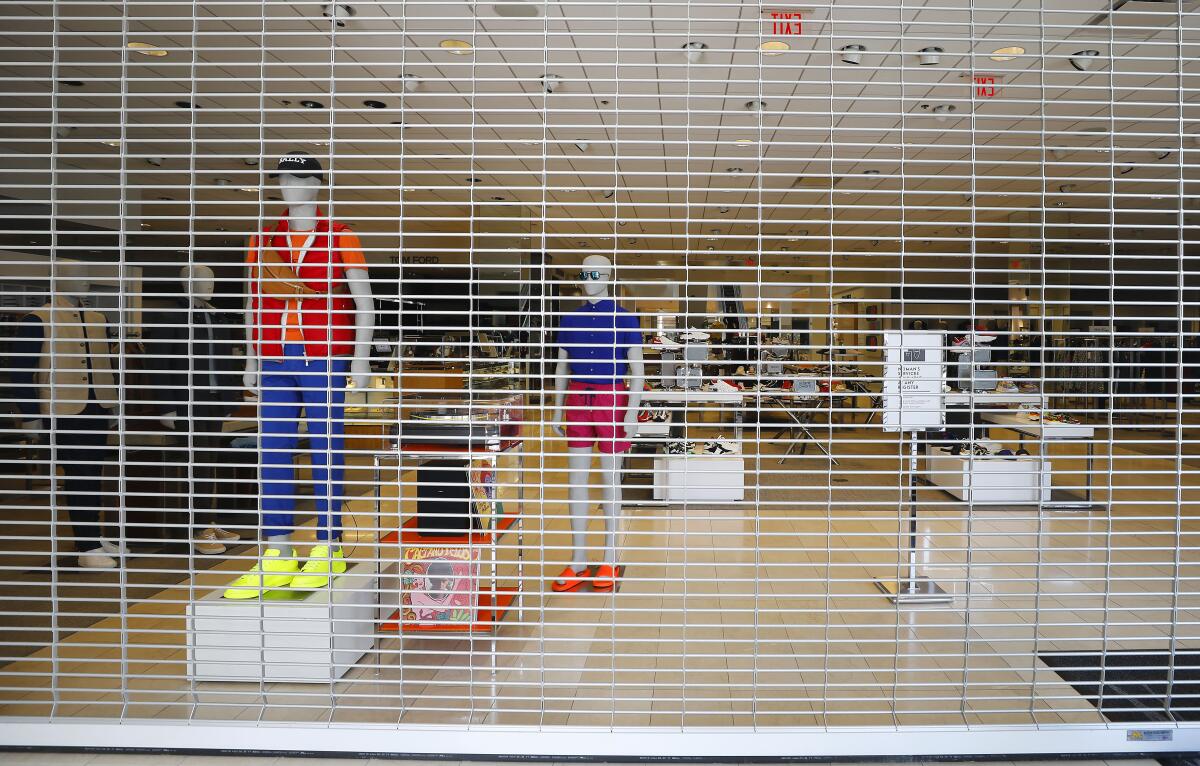A Word, Please: The word ‘manakin’ crosses this editor’s eyes

Call it an occupational hazard: People who edit and proofread for a living see typos everywhere.
Day in and day out, editors get paid to zero in on mistakes. Those antennae aren’t retractable. The work follows you home, interrupts your news reading, pulls you out of stories in your fiction reading. It’s a curse, I tell ya.
But there’s something even worse than seeing typos everywhere they are: Seeing typos where they aren’t — reading a news article and catching a usage error and feeling all smug — only later learning you were wrong: The word you thought was an error was fine. You’re the one who was in error.
This happened to me recently while I was reading an article about a study on the efficacy of cloth masks for COVID-19 protection. Researchers tested masks by putting them on mannequins, the article reported. Except the illustration that accompanied the article didn’t call them mannequins. In the images, the dummies were referred to multiple times as “manikins.”
I stifled an “aha!” and basked in a moment of smug satisfaction. Then I reined in my typo-slayer triumph. As I’ve learned over the years, it’s always a bad idea to get cocky about a language issue without looking it up first. So I looked up “manikin.”
Merriam-Webster’s set me straight. “Manikin” is not a spelling error. It’s a synonym of “mannequin.” Less frequently, so is “mannikin.”
Often, variant spellings like these result from people accidentally misspelling a word over and over for years. But that may not be the case here. “Mannequin” started showing up in English around 1900, apparently adopted from the French “mannequin,” which has the same spelling and definition. The French word goes back to the 15th century, when francophones seem to have adapted it from the Dutch “manneken,” which meant literally “little man.”
But when it comes to “manikin,” etymologists dispense with all talk of the French. English speakers started using “manikin” at least as far back as the 16th century, when they adopted the word directly from the Dutch “manneken.” The words may have followed parallel paths into the English language, with “manikin” carving out its place in English well before “mannequin.”
“Manikin” and “mannequin” aren’t exactly synonyms, either — at least not in the minds of some English speakers.
Both words refer to models of the human form, but in some circles, mannequins are exclusively the models that display clothes. People in the design world also sometimes use “mannequin” to refer to dress forms — headless, armless tailors’ dummies used for fashion design.
Manikins, to some minds, are different things entirely.
“Instead of being used to show off clothing, manikins are used to help simulate medical, surgical or clinical scenarios,” insists a blogger for a staffing firm that recruits technical professionals.
It’s a popular opinion. And in language, popularity counts.
A website called AskDifference.com says pretty much the same thing: “The main difference between manikin and mannequin is that the manikin is a life-sized anatomical human model used in education and mannequin is a doll or statue used to show clothing in a store.”
Others will tell you a manikin is a posable figure artists use for reference. Others would put crash test dummies under the “manikin” spelling too.
That brings us back to our article in which the illustrations identify the models as “manikins” but the text of the article uses “mannequins.” In publishing, consistency is important. One way to get consistency is to have a simple rule in place: Always use the dictionary’s preferred spelling, which in this case appears to be “mannequin.” But the illustration appears to have been reprinted from the original scientific study, which reflected the scientists’ lexicon, not the publisher’s.
So “manikin” wasn’t an error. “Mannequin” wasn’t an error. And this was a rare case in which using two different spellings was not an error. Everyone involved was doing their job right. The only mistake here happened when I looked at “manikin” and congratulated myself for catching a mistake.
June Casagrande is the author of “The Joy of Syntax: A Simple Guide to All the Grammar You Know You Should Know.” She can be reached at [email protected].
All the latest on Orange County from Orange County.
Get our free TimesOC newsletter.
You may occasionally receive promotional content from the Daily Pilot.



